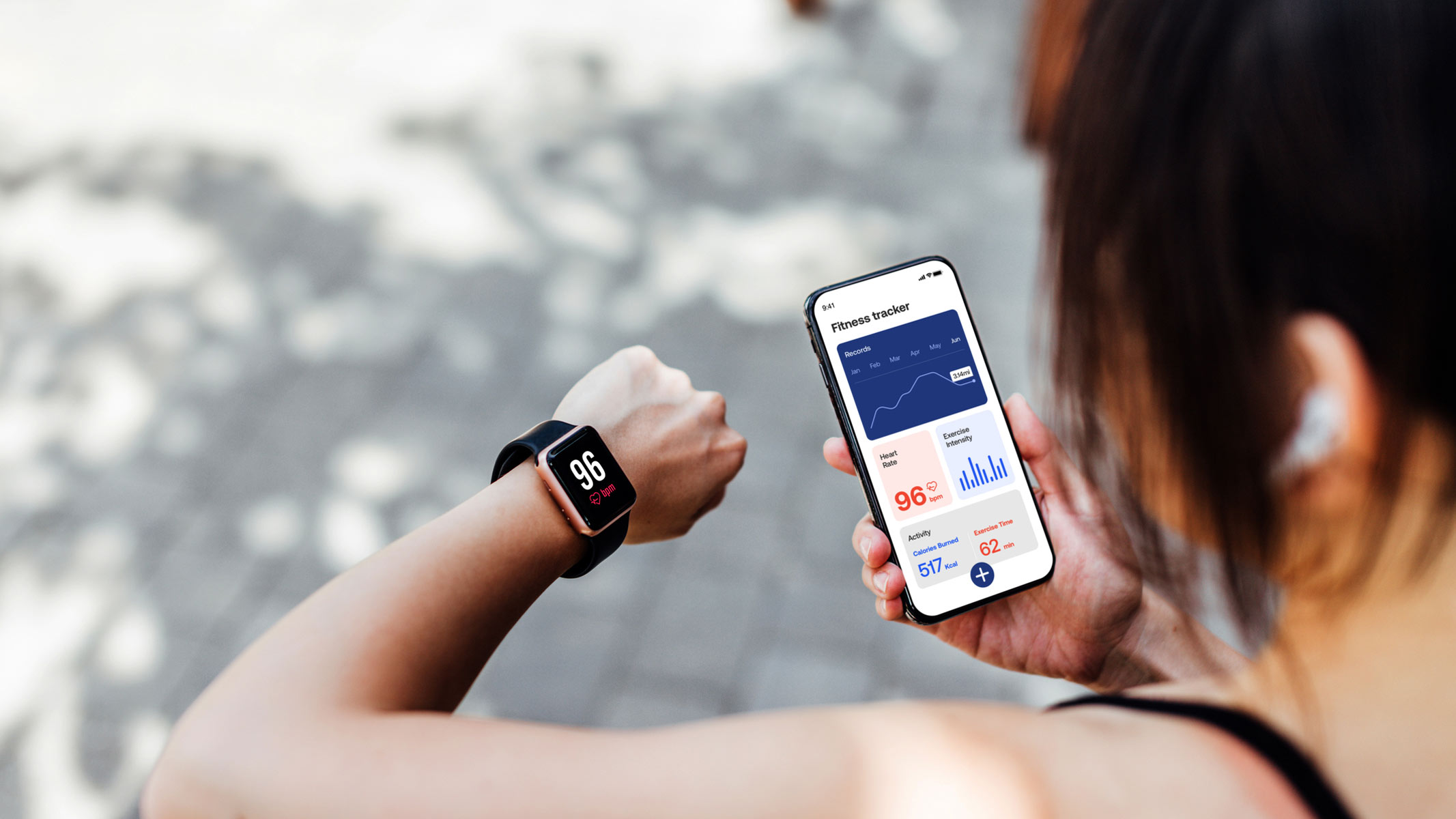Fitbit vs Apple Watch: Which fitness tracker is better?
It’s time to settle the Fitbit vs Apple Watch debate ahead of Black Friday 2025 where we're seeing huge discounts on the top smartwatches and fitness trackers
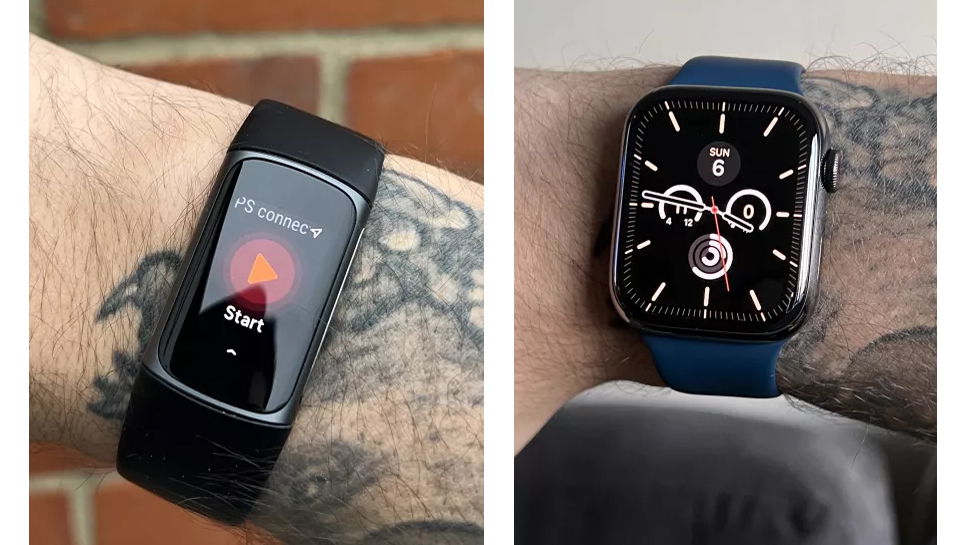
If you've got an Apple phone, you've no doubt had the dilemma in your head - Fitbit vs Apple Watch, which one comes out on top? Black Friday fitness tracker deals might make it easier to decide
With the former now owned by Google, and seeing a big change in priorities, it's worth checking in on the divide between the two again. Both brands offer some of the best fitness trackers on the market, but they've arguably never been more different.
Fitbit's recent realignment alongside Google's own smartwatches mean it's arguably less of a smartwatch brand and more focused on fitness tracking than ever before, while Apple's own innovations in the space have begun to slow down.
Still, both offer fantastic devices, with multiple models spread across different budgets. Here we'll cover what each side offers, and how it can fit into your life - and onto your wrist.
We've covered features, workout tracking options, display types and more to help you pick the Apple Watch or Fitbit for you.
Fitbit vs Apple Watch: What models are available?
Apple offers the SE, 3, 4, 5, 6, Apple Watch Series 7, Apple Watch Series 8, Apple Watch Ultra and the newest Apple Watch Series 9 and Ultra 2, while Fitbit offers the Luxe, Ace 3, Inspire 3, and Charge 6.
Both companies have been winding down their output, though. Apple now only offers the Series 10 and Apple Watch Ultra 2, as well as the cheaper SE model.
Fitbit has gone through a more drastic switch. The company did offer squarer smartwatches, a la the Apple Watch, as well as thinner trackers. As of this year, though, Google's Pixel Watches take up the former role, with Fitbit's range now solely focused on four slimline trackers.
Wearables analyst Leo Gebbie from CCS Insight told Live Science earlier this year that, historically, Fitbit and Apple targeted different areas of the fitness market.
"The Apple Watch was positioned as an exclusive premium-tier device offering a powerful user interface and third-party app support, whereas Fitbit offered a range of more affordable fitness trackers and smartwatches backed up by a well-established brand," he said.
"However, Apple has diversified its offering over time, bringing older models of the Watch down the price curve to compete directly with Fitbit smartwatches."
One of the main differences between Fitbit and Apple Watch is the latter’s close relationship to the rest of the Apple ecosystem. You need an iPhone to activate the Watch, and it is integrated with Apple’s other devices and services to provide an excellent user experience. By contrast, Fitbit devices are compatible with all smartphones, and simply require the Fitbit smartphone app for connection, making them easily accessible.
It's also worth pointing out that Fitbit models are a lot cheaper — some of the best budget fitness trackers are Fitbit designs. Apple's wearables tend to cost a little more.
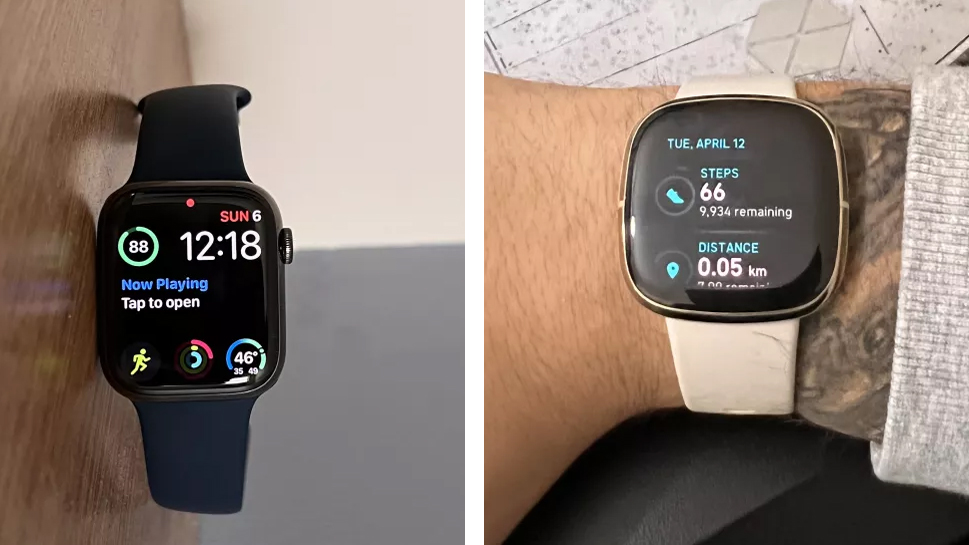
Fitbit vs Apple Watch: Which has more smartwatch features?
Apple runs away with this category. As we mentioned earlier, it's tightly integrated into Apple's ecosystem. On one hand (or wrist), that makes it almost useless without an iPhone, but on the other, it allows for a whole host of clever crossover between the two.
Perhaps the biggest is the inclusion of third-party apps. While the Apple Watch comes with things like Messages integration, many of your favorite iPhone apps can be installed on your Apple Watch, too.
Everything from your email app to your fitness app of choice and a task manager can be added, and the Apple Watch also has access to Apple Pay.
Its health tracking is also tightly integrated into your iPhone's Fitness app, too, letting you read through data as it's logged.
Fitbit is aiming a little lower in this regard; it's a closed system, which means while its data can be passed onto apps like Strava, you won't be installing native apps on it.
The advantage of this is that Fitbit devices work great across iOS and Android, so anyone can pick one up, and they still offer their own version of NFC payments.
No current Fitbit models offer cellular connectivity, but Apple Watch models do. Apple Watch also has onboard storage for saving music to your device, whereas Fitbit doesn't.
The Apple Watch Series 10 also has a temperature sensor that can be used for ovulation tracking, and an advanced gyroscope for fall detection. The newer Fitbit models, namely Sense, Sense 2, Charge 5, and Charge 6, are also equipped with a temperature sensor, while only Fitbit Versa and Fitbit Sense come with a gyroscope.
The companies have slightly different approaches to music. With Apple, you can download albums on your watch from the likes of Apple Music and Spotify. On Fitbit, the only way you can download music is if you do so via Deezer or Pandora. It's not a huge issue if you prefer to store music on your phone, but it does give Apple the edge in this category.
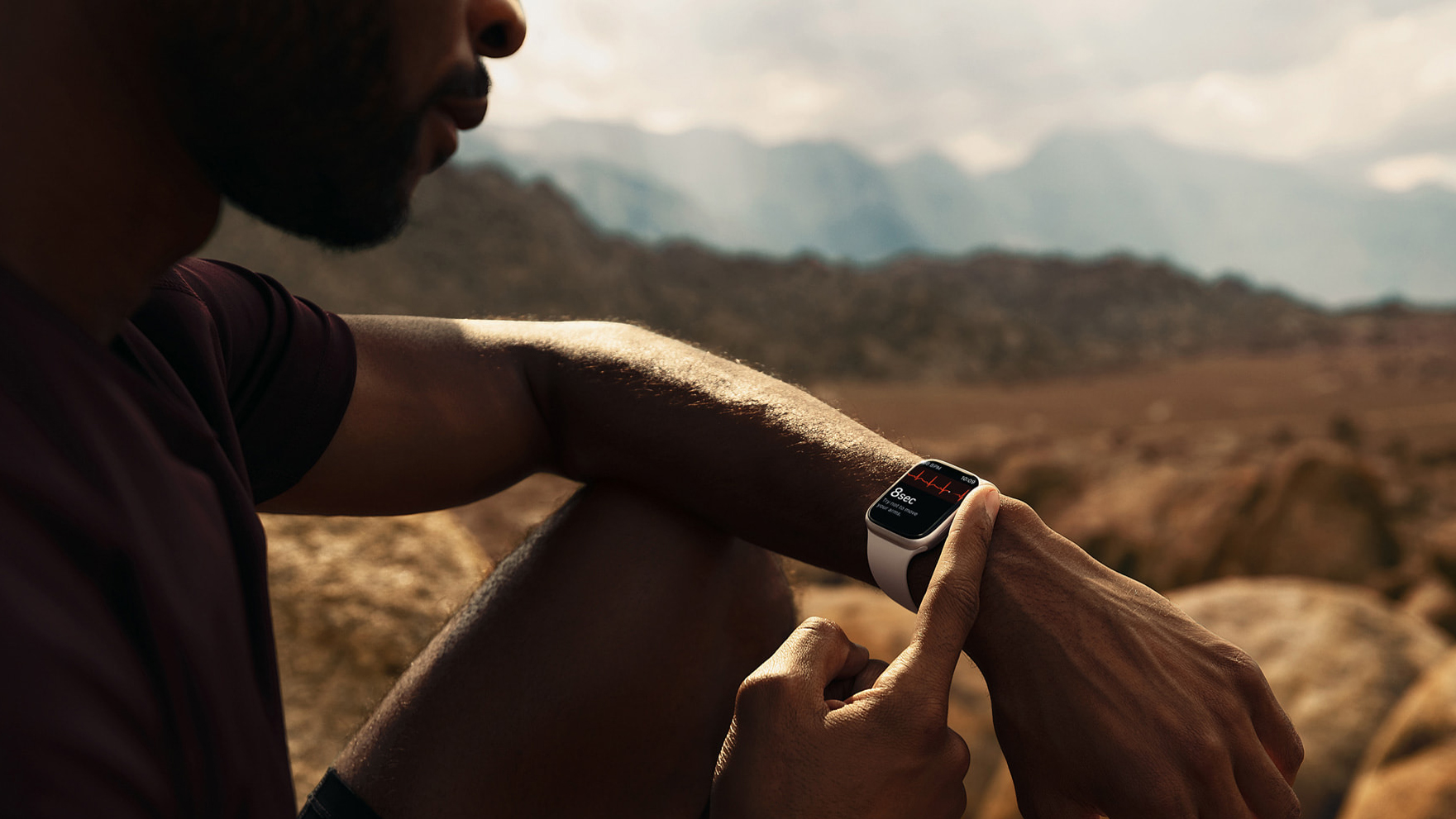
Fitbit vs Apple Watch: Which is better for tracking workouts?
Both Fitbit and Apple Watch can track workouts. However, depending on the actual device you're using, they will do this in very different ways, says Gebbie.
"For example, any device from either company can detect when a user is active and record metrics like heart rate and calories burned to review afterwards. But when it comes to specific forms of exercise, there are some differences.
"If you want to go for a run, you’ll be best served by a wearable with GPS onboard to get the most accurate tracking of your movement. All Apple Watches include this, whereas not all Fitbits do."
Owning an Apple Watch allows access to Fitness+, which provides hundreds of instructor-led home workouts including HIIT (high-intensity interval training) sessions, yoga and spinning classes on your iPhone, iPad and Apple TV — but this requires an extra subscription. Similarly, you can get workout classes from Fitbit too, but only if you subscribe to Fitbit Premium.
When it comes to goal-setting features, however, Fitbit easily outshines Apple. Fitbit devices allow you to set specific goals for many different metrics, including steps, distance, Active Zone Minutes, floors climbed and calories burned, while the Apple Watch only lets you set a goal for calorie burn. If weight loss is not your priority, you are likely to be disappointed by this limited functionality.
Fitbit also offers a Daily Readiness Score, which pulls data from your activity, sleep, heart rate and more to help you plan how much to work out on a given day. It's a great way of making exercise much easier to understand for just about anyone.
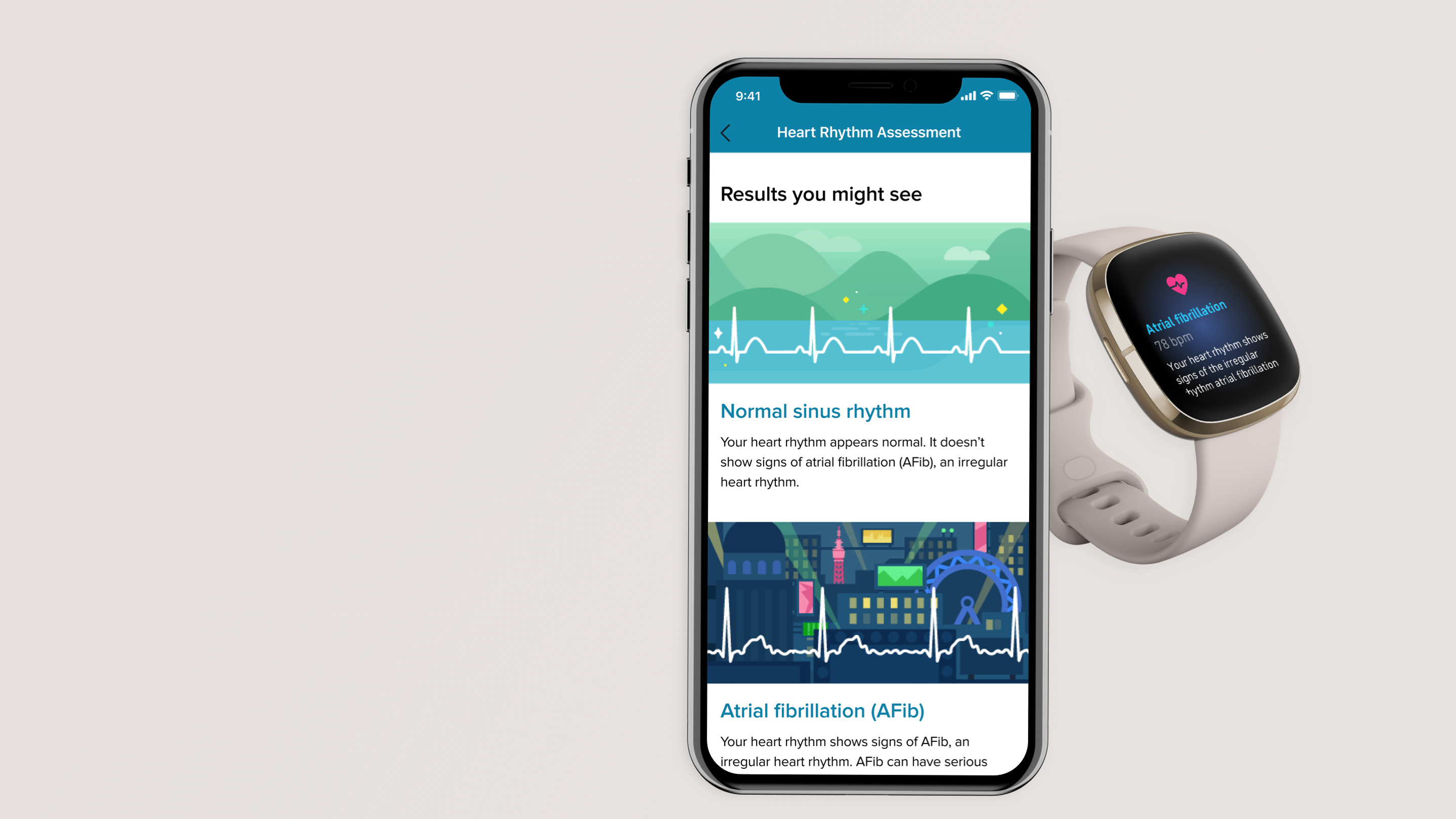
Fitbit vs Apple Watch: Which one has more features?
Both Apple Watch and Fitbit models are packed with health and fitness features to monitor heart rate, steps, calories burned, sleep and workouts.
All Apple Watches have built-in GPS, while only some Fitbits do. Due to a patent dispute, Apple is unable to advertise its blood oxygen monitoring capabilities at present, although an agreement is likely coming. For now, however, this is disabled on new Apple Watch purchases.
Both brands offer motivational prompts in different forms. Below, you can see the Apple Ring system, which encourages you to move about during the day, while Fitbit has an Active Zone Minutes scheme (which recommends 150 minutes per week spent in your targeted heart rate zone).
The latest Apple Watch update, watchOS 11, finally let users pause activity streaks - a much requested feature for travelers or anyone with an injury who couldn't get out and about for a day and lost their streak as a result.
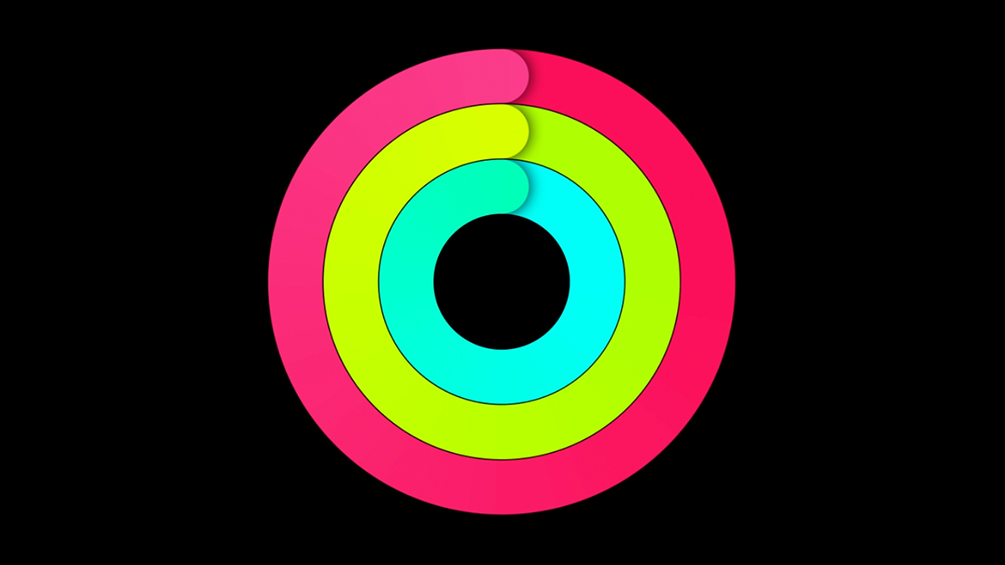
You can also use your Fitbit or Apple Watch to boost your wellbeing. The Apple Watch has a pre-loaded Breathe app, while newer Fitbit Charge models are equipped with an electrodermal (EDA) sensor that measures the perspiration of your hands, a known indicator of stress. The Fitbit app also has meditation tools included.
Also, both brands offer devices with sleep-tracking features. When you wear the Apple Watch to bed, it will estimate the overall length of your sleep, as well as the time you spend in each sleep stage. The Watch also allows you to create multiple sleep schedules and monitor your sleep trends over the past two weeks. Fitbit offers a similar service, but it narrowly wins this contest by providing more sleep stats and insights like a Personalized Sleep Score.
One of our favorite features on Apple Watch is that, if you start a workout but forget to log it, you will get a prompt asking if you want to turn on tracking.
Even more impressive, newer Apple Watch models use machine learning to recognize the type of movement you’re doing. For example, rather than simply track that you are dancing, they can distinguish that you are Bhangra dancing – and give a more accurate calorie count as a result.
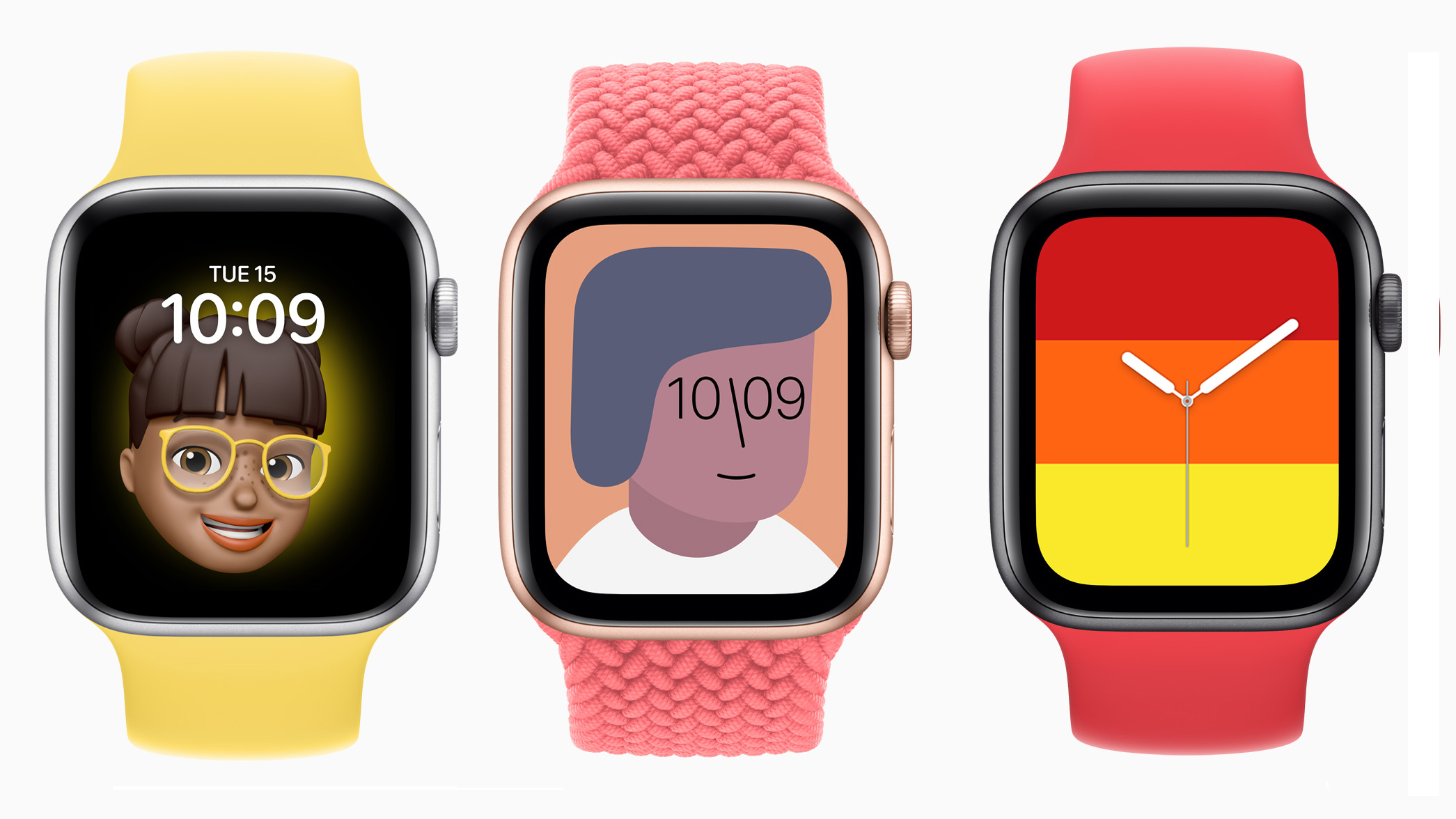
Fitbit vs Apple Watch: Which design is better?
With its square design, the Apple Watch has hardly changed since it launched in 2015. The Series 10 has the biggest and toughest screens to date (42mm and 46mm), while the chunkier, more rugged Apple Watch Ultra goes up to 49mm.
The Fitbit started out as an activity band-type design and a lot of its models still stick with this aesthetic. The Inspire 2, Charge 5 and Luxe models are all slim trackers, while the Versa 3, Versa 4 and the Sense 2 had a larger, square face before being discontinued in favor of the Pixel Watch from Google.
Both Apple Watches and Fitbits are swim-proof and can be personalized by changing bands or watch faces.
Which look you prefer is down to you, although in our experience the slimmer designs are easier to wear during the night, so they may be preferable for sleep tracking.
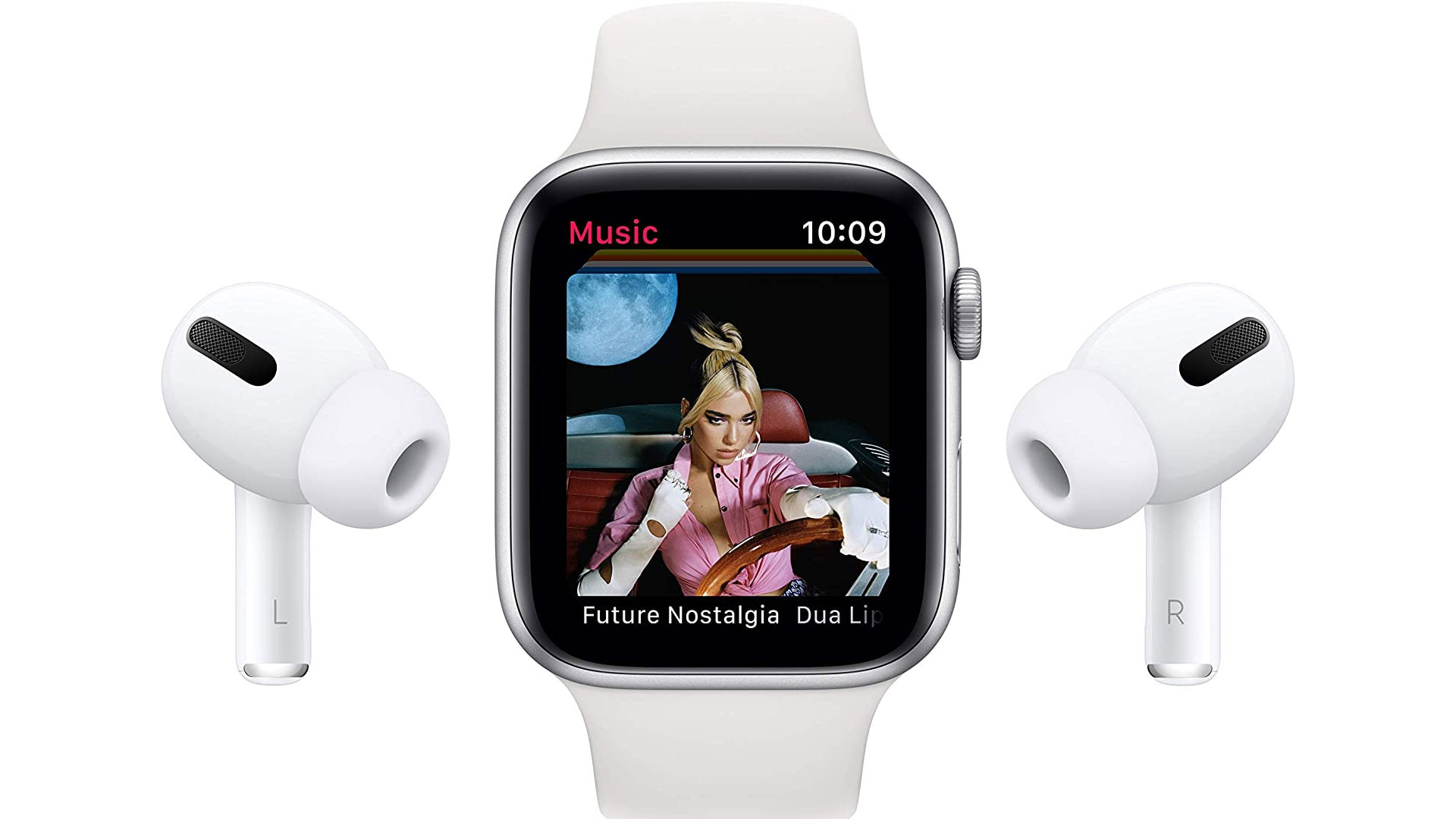
Fitbit vs Apple Watch: Which has better battery life?
When it comes to battery life, Fitbit wins hands down, said Gebbie. "The Apple Watch offers an 18-hour battery life, which means you need to charge it every day, whereas many Fitbit trackers and watches can last for days or even weeks at a time without charging.
"This simplicity and reliability is attractive to a lot of users, and our research at Connected Devices has always found that battery life is hugely important to customers.
"However, the Apple Watch offers a more polished user experience than even top-end Fitbit smartwatches, with a more advanced operating system and a wider suite of services.
"This means that the Watch is something of a Swiss Army Knife and is intended to reduce wearers’ reliance on their smartphones by offering a powerful experience on the wrist."
The caveat is that Apple's Ultra models have enough juice for around three days. That makes them more usable for longer distance exercise like a marathon, or just for general use, but it's still some way behind Fitbit offerings.
Fitbit vs Apple Watch: The Verdict
The question of which device is better, Fitbit vs Apple Watch, really boils down to what you want from your wearable.
If you don't own an iPhone, the decision is simple - it's a Fitbit for you. If you do, then the question comes down to just how much you want an all-singing, all-dancing array of apps and services on your wrist versus something that can track your steps and help you achieve your fitness goals.
Sign up for the Live Science daily newsletter now
Get the world’s most fascinating discoveries delivered straight to your inbox.

Maddy Biddulph is a freelance health and fitness journalist with over 26 years of experience working for consumer media in the US and UK. As a Level 3 personal trainer and weight loss advisor she is used to trying out and reviewing the latest health and fitness products. At Maddy Biddulph Personal Training, she runs one-to-one and small group sessions, as well as group exercise classes. She specializes in mobility work with seniors and runs regular chair workouts in her hometown of Oxford.
- Anna GoraHealth Writer
- Ruth Gaukrodger








